I'll preface by saying I'm aware of questions like these 1, 2, and 3, but none of them answer my specific question.
All of these questions say that the kickback from an inductor can be given by:
\$V=L\frac{dI}{dt}\$
However, I've seen other sources say things along the lines of "the inductor tries to keep the current flowing through it the same as it was before switching". The exact quote from the above source is:
this component now leaps into action and does everything in its power to maintain the status quo (keep the current flow going just as it was).
To me, keeping the current flowing exactly as it was means the current is the same. As in, if the steady state (i.e. after several time constants) current through the inductor was 1 A, then the inductor would try its hardest to keep the current at 1 A (at least at the instant after the switch switches). The inductor therefore acts as an instantaneous current source. If you had a resistive load connected in parallel with the inductor, the voltage over it would be \$V=IR\$ where \$I=1\text{ A}\$. This voltage will begin to drop though as the current is only 1 A for an instant.
To aid in understanding, I've drawn a circuit below. In this case, I would expect the voltage over the inductor/resistor after switching the current source off to be \$V = IR = 100 \text{ V}\$.

simulate this circuit – Schematic created using CircuitLab
But, as far as I'm aware, \$L\frac{dI}{dt} \neq IR\$. Since everyone says that \$V=L\frac{dI}{dt}\$, I'm inclined to think that it is correct, but I'm struggling to understand why \$V=IR\$ is wrong on this occasion. Surely the parallel resistance must come into play, otherwise flyback diodes would do nothing (as they would count as low resistance, therefore low kickback).